Binoculars are an under utilized tool in whitetail deer hunting. Even for hunters that typically kill deer between 50-75 yards, a bright magnified view of the surroundings can make you more successful from your stand and teach you more about your surroundings.
Pealing the Onion
Learning to stalk game with binoculars requires much more than a quick look. Sometimes a buck will step into a clear opening, but mostly you must use the focus ring carefully and look deep into the bush. Like pealing an onion, your binos will show you layers of visibility that at first glance seem a blur. Is the approaching deer a buck? Was that twig snap a deer or a coyote? Having quality binoculars within easy reach is the answer.
Open Spaces
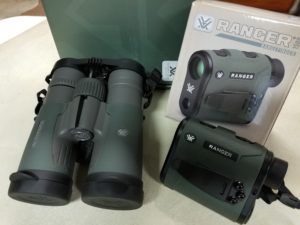
Binoculars are particularly helpful in the Midwest, Great Plains, and Mountain West where visibility is measured in miles instead of yards. One of the best signals you can see is a lone, standing doe. One female deer standing alone is very unusual and dollars-to-donuts, there is a buck bedded with a few yards. In open areas, dominant bucks often chase an estrous doe away from other deer to avoid being bothered by lesser bucks. Glass that spot carefully, search for the tiny glint of an antler or the flick of an ear, but you can bet he’s bedded close by.
Herd Study
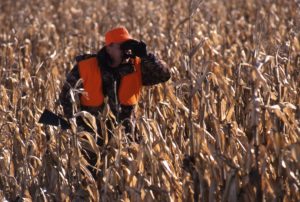 Binoculars are important as a scientific tool as well. They are excellent scouting tools as well as to provide accurate data on herd status. How many fawns do you see with does? Quality binoculars can more easily help distinguish does from yearling fawns when analyzing fawn recruitment. This post from QDMA has many more tips and reasons that a magnified view of your deer woods is important:
Binoculars are important as a scientific tool as well. They are excellent scouting tools as well as to provide accurate data on herd status. How many fawns do you see with does? Quality binoculars can more easily help distinguish does from yearling fawns when analyzing fawn recruitment. This post from QDMA has many more tips and reasons that a magnified view of your deer woods is important:



















![The Best Deer Camp Chili [VIDEO] Deer Chili Ingredients, Tomatoes, Chili Spices](/wp-content/uploads/2015/10/Deer-Chili-Deer-Camp-Recipe-218x150.jpg)
![How to Call Elk Early in the Season [VIDEO]](/wp-content/uploads/2016/08/byers003-218x150.jpg)

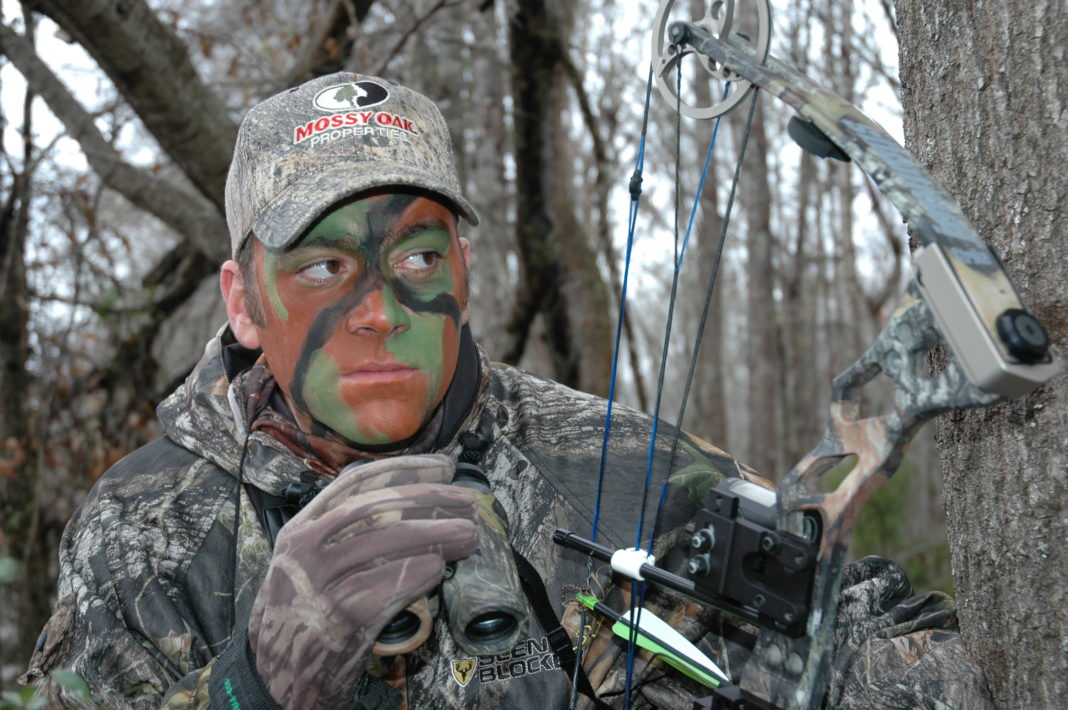
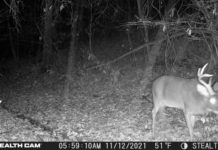
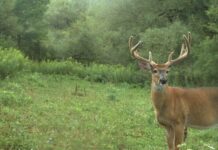


![Idiots Disturb Hunter: How Would You Have Handled It? [VIDEO]](/wp-content/uploads/2015/10/DSC00110-e1474487693878-100x70.jpg)
![Albino Buck Shocked to Shed His Antlers [VIDEO]](/wp-content/uploads/2015/10/AlbinoDeer-100x70.jpg)